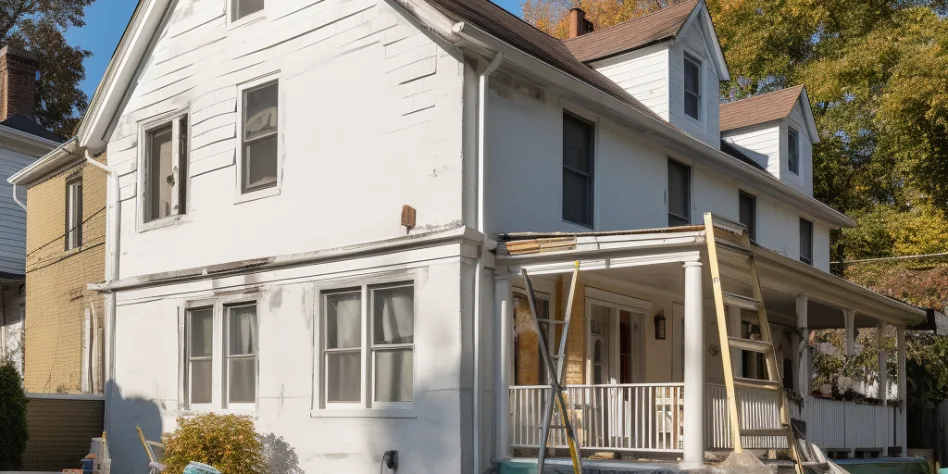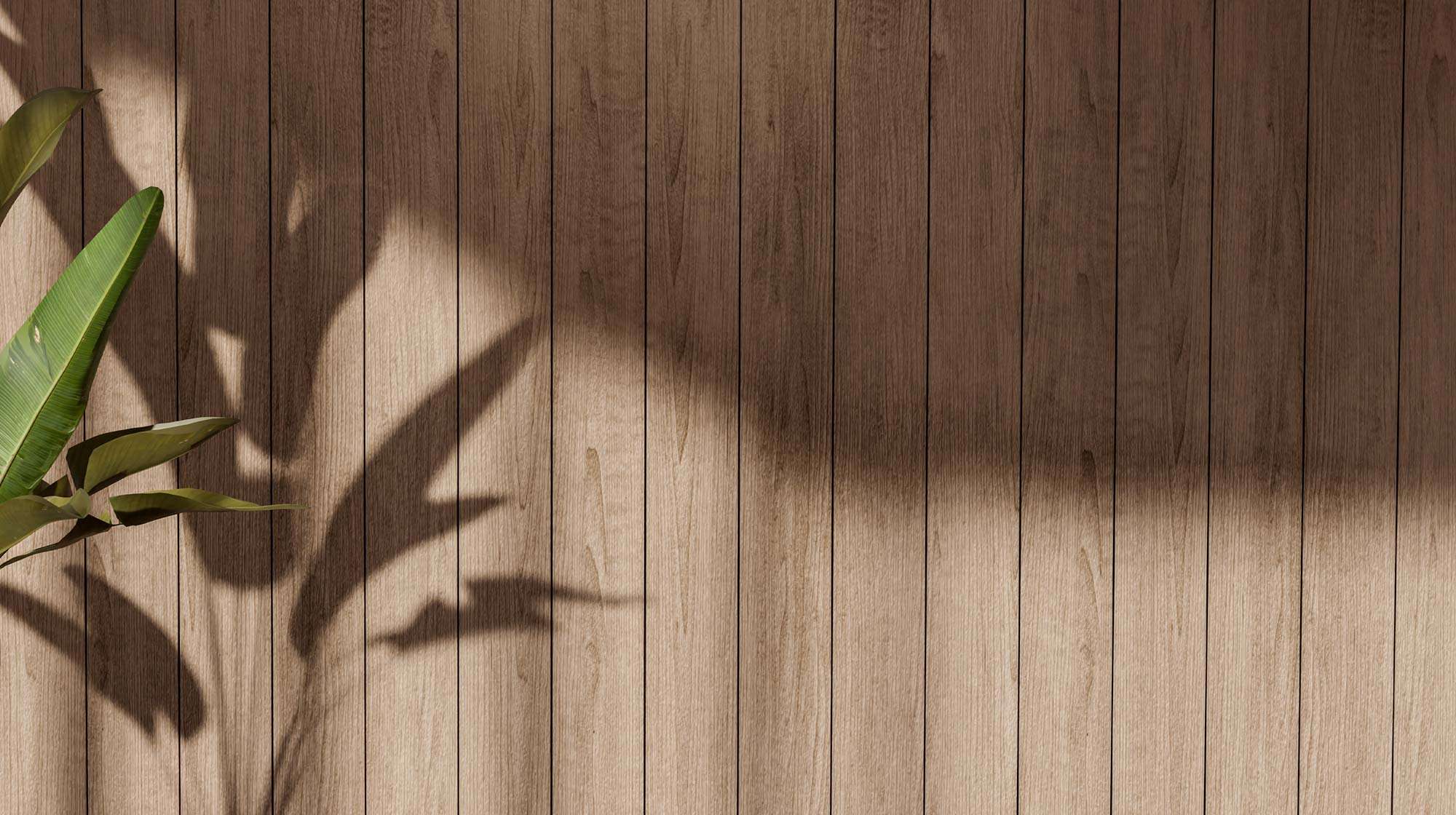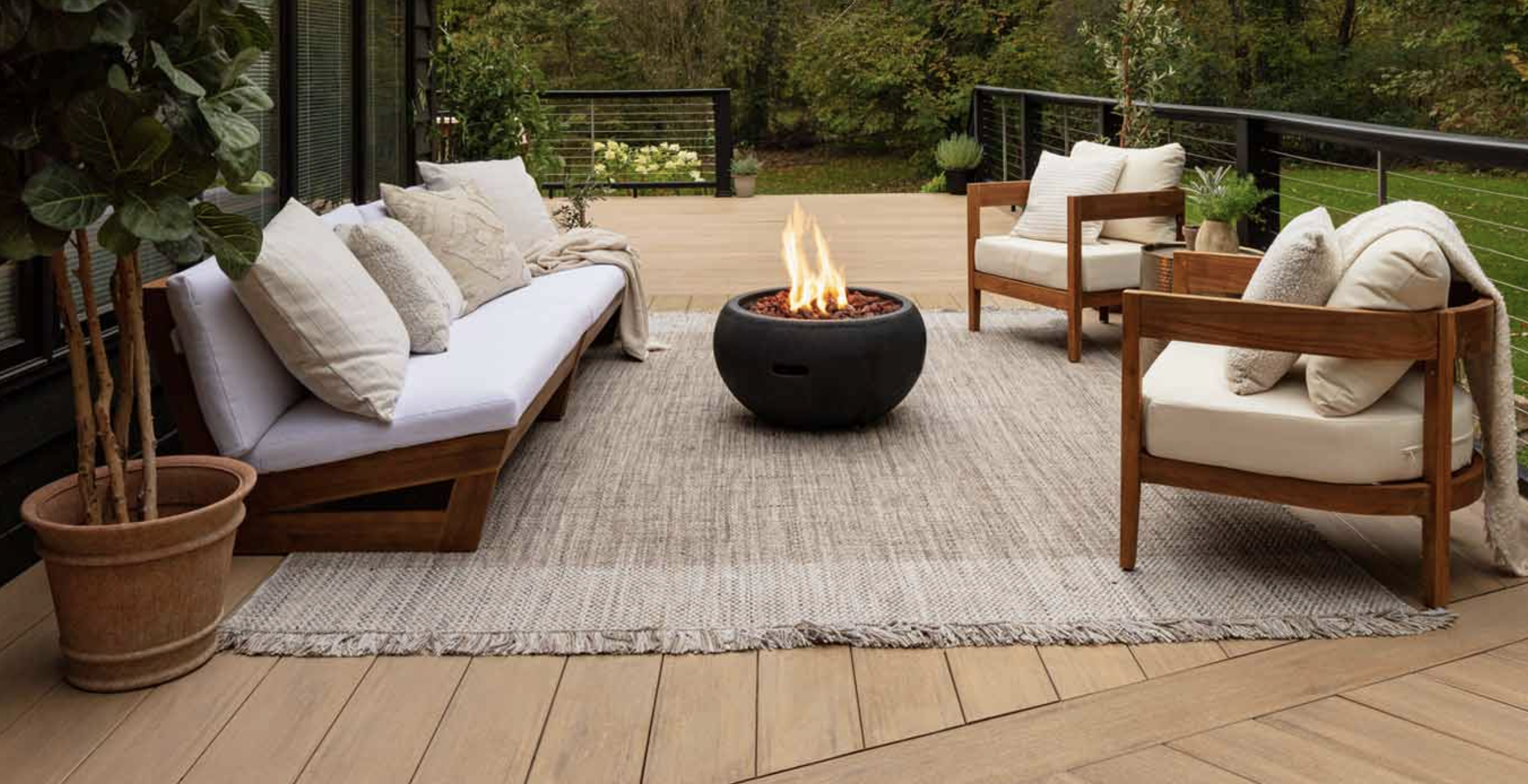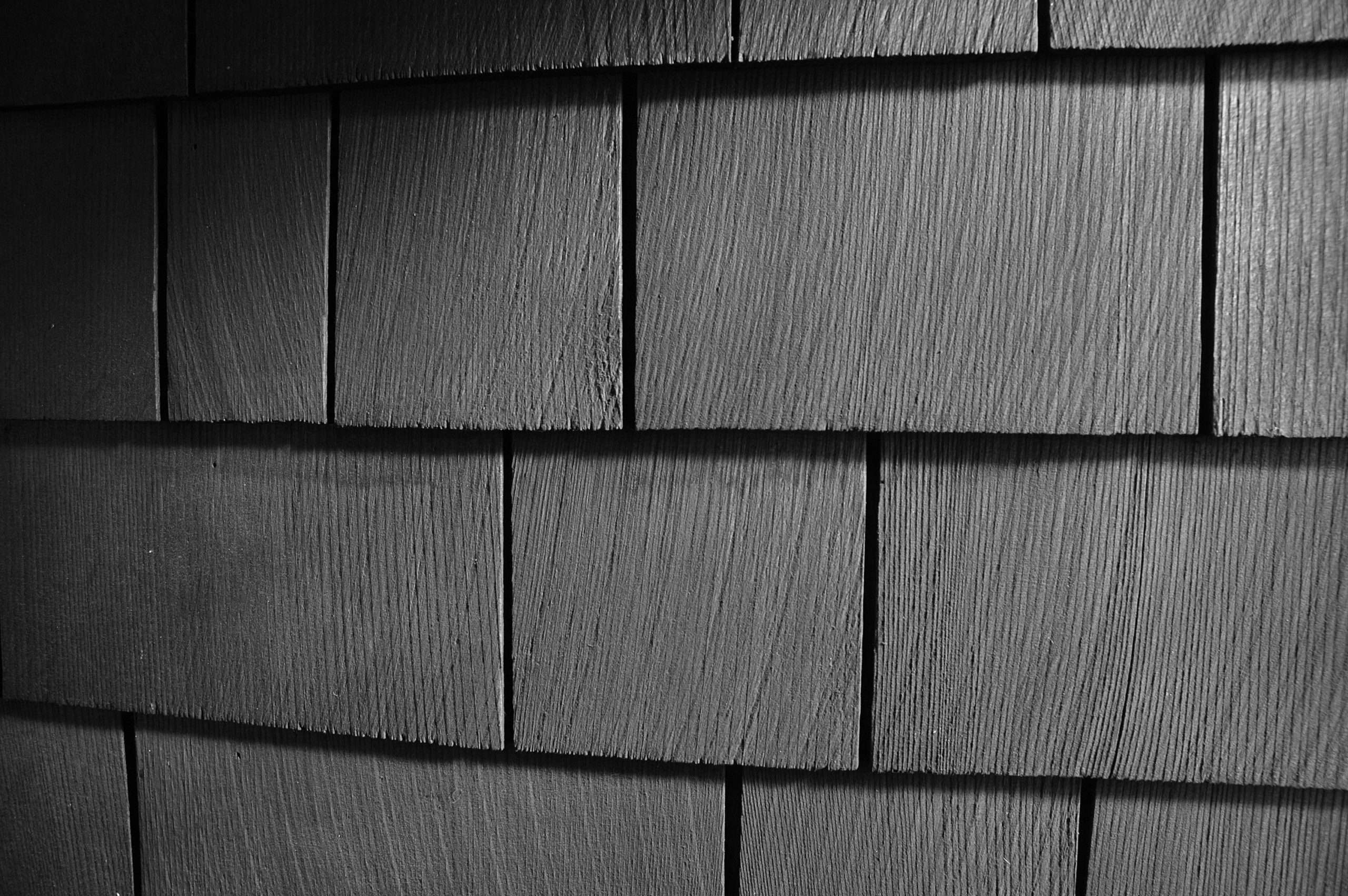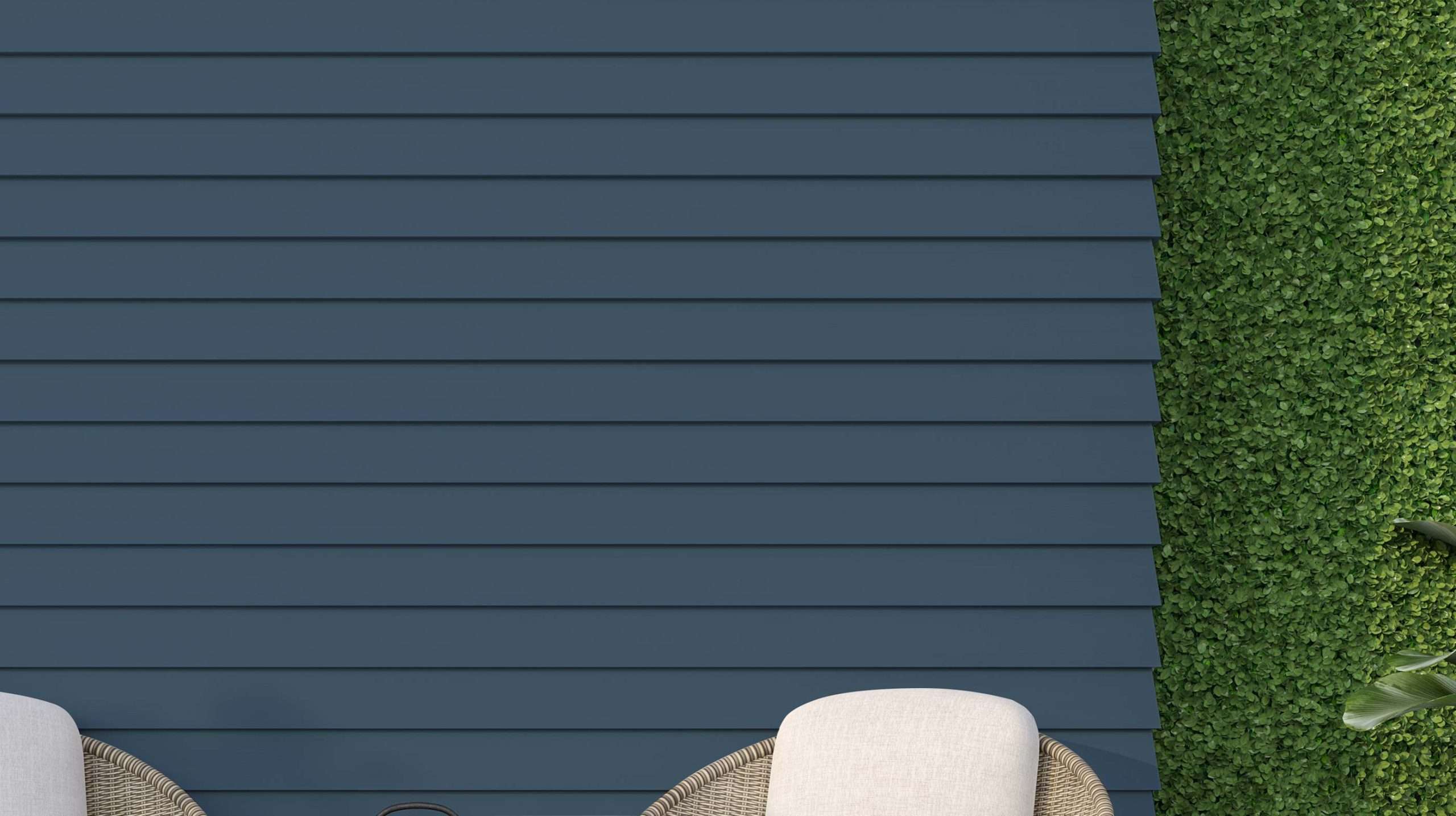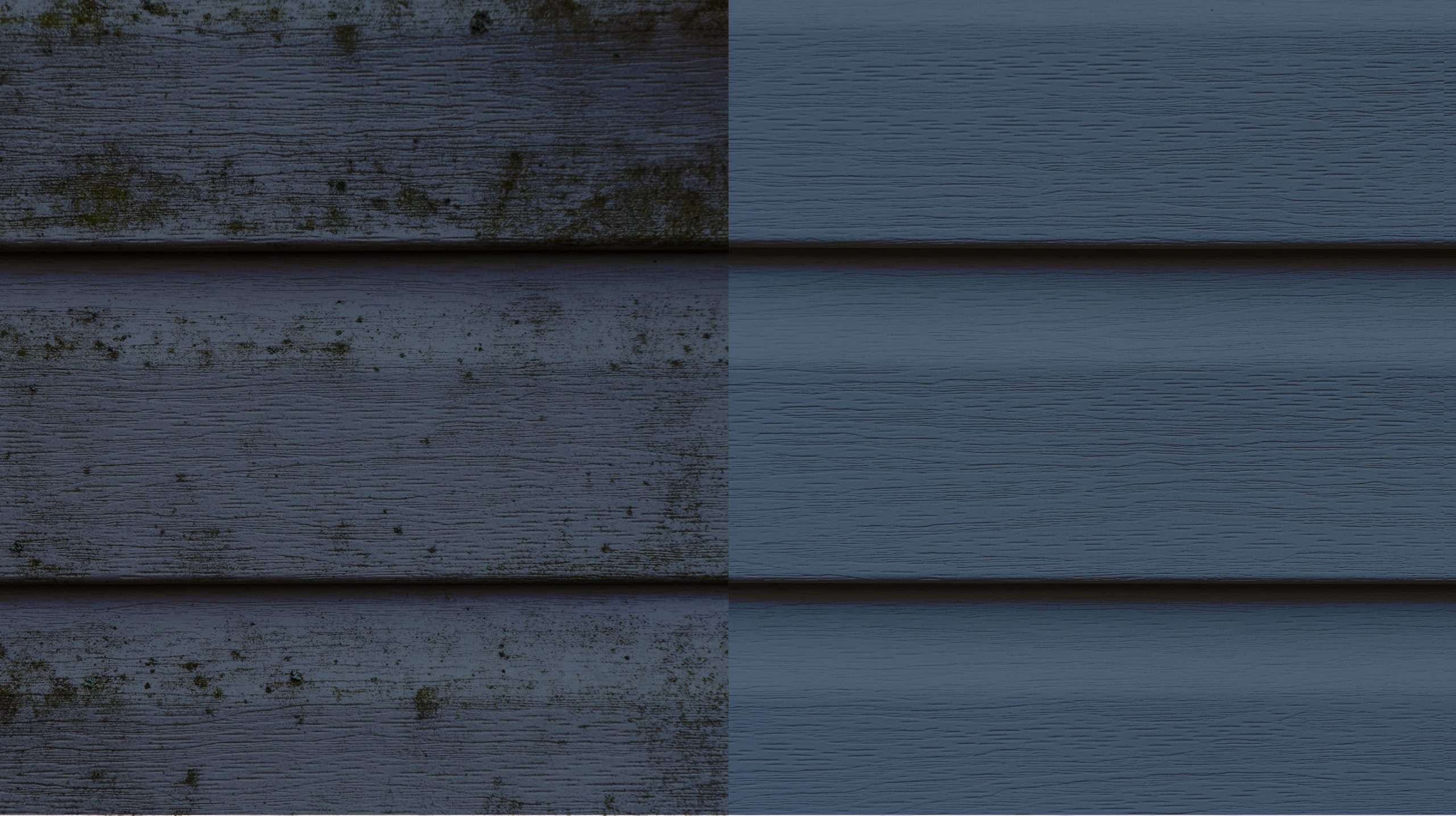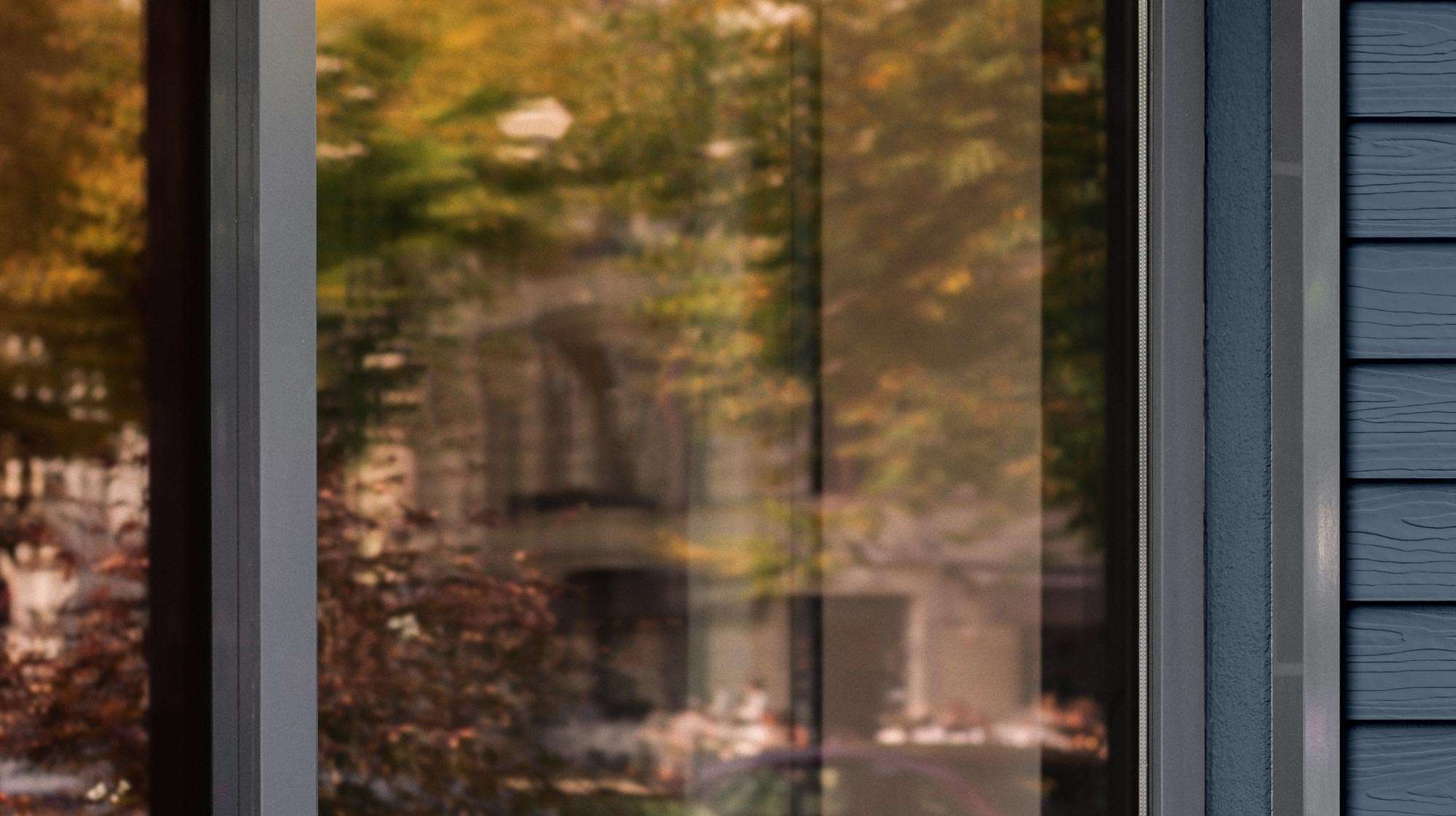There are a number of actors on the stage that play parts in an exterior paint job. The actors are the paint, stain, or perhaps the home’s substrate itself. But really the Prime Time actor is the unsung hero – the exterior primer.
The highest quality paint may falter if applied directly to untreated surfaces – enter the exterior primer. Understanding the science behind primers, and how they work give us insight on their importance.
Table of Contents
- Primer’s Purpose and the Science Behind the Curtain
- Surface Primer Challenges
- How Do I Choose the Correct Primer?
Primer’s Purpose and the Science Behind the Curtain
At its core, a primer is designed to create a bondable surface for paint. It ensures paint adhesion, enhances paint durability, and provides additional protection to the substrate (the underlying layer). But how does it achieve this?
Primers contain a blend of solvents, resins, and pigments. The resins in primers are specifically designed to be very sticky, ensuring they adhere well to different surfaces. When paint is applied over the primer, it forms a bond with these resins, ensuring a durable paint job that doesn't peel or chip easily.
Modern primers can include a range of special additives designed for specific purposes. Some contain mildewcides to prevent mold and mildew growth, while others have UV stabilizers to reduce the effects of sun exposure on the paint.The solvents in primers play a crucial role. They keep the primer in liquid form in the can but evaporate when the primer is applied, allowing it to dry and solidify. Water-based primers use water as a solvent, while oil-based primers use mineral spirits.
Surface Primer Challenges
One of the challenges in exterior painting is the variety of surfaces, and their conditions. You might have patches of old paint, bare wood, and areas previously filled or repaired. A primer ensures that all these diverse areas have a uniform texture and color, preventing "flashing," or color variations in the final coat.
Exterior primers aren't just about aesthetics; they're about protection. They prevent tannin bleed from woods like cedar or redwood, which can discolor paint. They also provide a barrier against moisture, preventing issues like paint blisters and reducing the risk of wood rot.
How Do I Choose the Correct Primer?
Not all primers are created equal. The choice of primer depends on the substrate (wood, masonry, metal), the paint type (oil or water-based), and specific challenges like rust or tannin bleed. For instance, while water-based primers are great for general use, oil-based primers might be preferred for surfaces with tannin bleed or when painting over chalky surfaces.
The coatings experts at Rogall + Co. are very well versed in primer selection, based on the project. The science of exterior primers is an intricate blend of chemistry and functionality, ensuring that our buildings not only look beautiful but are also protected against the elements.
As the Prime Time actor in the painting process – primers work silently behind the scenes, laying the groundwork for vibrant colors and enduring finishes. The next time you admire a freshly painted building, pump your fist for the primer!
